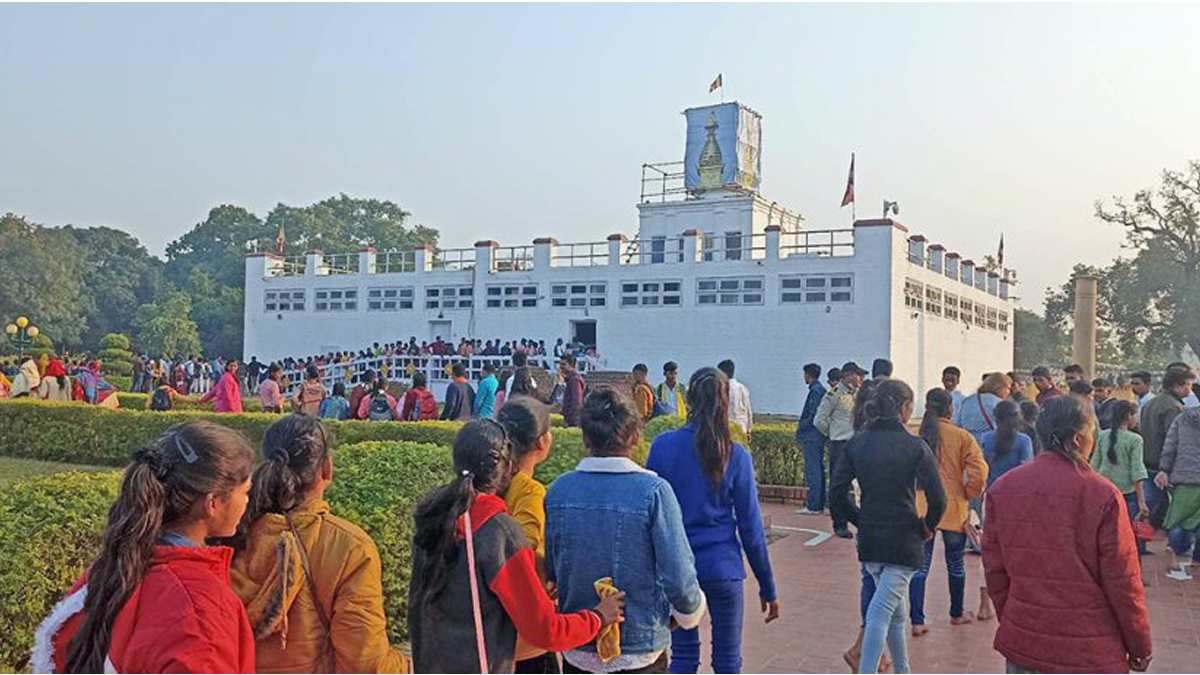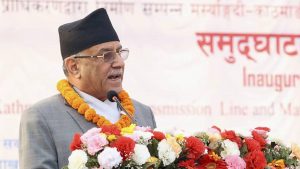
India’s Spirited Tourism Influx into Nepal: A Boon Amidst Challenges

In 2023, Nepal experienced a surge in tourism, primarily attributed to the influx of Indian visitors who breathed life into a tourism industry grappling with economic challenges. Over 300,000 Indian tourists arrived by air, supplementing the staggering number of over a million who entered through surface routes, according to the Nepal Tourism Board. This surge has not only rejuvenated Nepal’s tourism sector but has also presented opportunities and challenges for both nations.
I. The Inflow of Indian Tourists
The significant increase in Indian tourists has undeniably contributed to Nepal’s tourism revival. Tourist entrepreneurs and hospitality industries in major destinations such as Pokhara, Chitwan, Kathmandu, and Lumbini have witnessed a noticeable boost in activity. This surge, however, is not without its complications, as Indian tourists encounter challenges right from the point of entry.
II. Transportation Hassles
One of the prominent issues faced by Indian tourists is the cumbersome journey through different border points. Beyond the primary Belahiya border entry, Indian visitors also utilize the Kalidaha-Kakarhawa border point near Lumbini. However, the multiple checkpoints along this route, with approximately every 2 km requiring checks, have led to inconvenience for tourists. Tour operators suggest that consolidating these checks into a single point would significantly improve the experience for Indian tourists.
III. Customs Clearance and Route Permits
After crossing the border, Indian vehicles often face lengthy customs clearance procedures, followed by the need for a route permit. Entrepreneurs, such as Shreeram Sigdel in Nepalgunj, emphasize that these bureaucratic hurdles can be particularly challenging for Indian tourists traveling in private vehicles. They argue that simplifying these procedures would enhance the overall experience and encourage more Indian visitors to explore Nepal.
IV. Currency Restrictions and Casinos
The limitations on the amount of Indian currency that tourists can carry (IRs25,000) have proven to be a hindrance. Sanjay Bajimaya from Bhairahawa highlights that these restrictions affect Indian tourists’ spending capabilities in Nepal. Furthermore, the ban on higher denomination Indian notes, particularly IRs500 and IRs1,000, creates additional challenges for both tourists and local businesses.
V. Unfriendly Policies and Infrastructure
The overall perception of Nepal’s tourism policies has sparked criticism among entrepreneurs. Concerns about poor road conditions and frequent police checks on highways add to the frustrations of visitors. Despite these challenges, the resilience of Indian tourists and their continued visits signify the allure of Nepal’s attractions.
VI. Recommendations for a More Tourist-Friendly Environment
Tourism entrepreneurs urge the Nepalese government to address these concerns promptly. Simplifying bureaucratic procedures, enhancing road infrastructure, and revisiting currency restrictions would create a more tourist-friendly environment. Additionally, reevaluating policies related to casino visits and higher denomination currency could contribute to a more seamless and enjoyable experience for Indian tourists.
Conclusion
India’s substantial contribution to Nepal’s tourism industry in 2023 serves as a testament to the enduring appeal of the country’s natural and cultural treasures. However, challenges faced by Indian tourists, from transportation hassles to restrictive policies, highlight the need for collaborative efforts between the two nations. As Nepal aspires to thrive as a tourist destination, addressing these concerns will not only benefit Indian visitors but will also contribute to the sustainable growth of Nepal’s tourism sector.














Comments